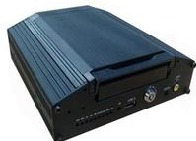 The journey of on-board surveillance began with the introduction of 3G licensing in 2009, marking a significant milestone in the evolution of vehicle-based recording systems. Over the years, car DVRs have undergone substantial technological advancements, yet their real-world application still faces challenges. As the demand for reliable and intelligent in-vehicle solutions grows, there's an urgent need to enhance the functionality of these devices to better suit everyday use. Additionally, the trend toward smarter, more connected systems is gaining momentum.
To ensure smooth operation under harsh driving conditions, manufacturers have focused on several key technologies: shock resistance, voltage regulation, heat management, and wireless transmission. These features work together to improve the reliability and stability of data storage in car DVRs.
Power supply design plays a critical role in ensuring the device functions properly. For standard hard disk recorders, a simple power adapter is usually sufficient, as they operate in a stable voltage environment. However, car DVRs face fluctuating voltages and currents due to the nature of vehicle electrical systems. This makes maintaining a consistent power supply more complex. A stable power supply is essential to prevent damage to the internal components, especially during sudden voltage spikes or drops.
Shock resistance is another crucial aspect of car DVR design. Since most in-vehicle storage devices use mechanical hard drives, which are sensitive to vibrations, protecting the drive from physical impacts is vital. Even minor tremors can cause read/write head collisions, leading to data loss or hardware failure. Therefore, advanced shock-absorbing mechanisms are necessary to safeguard the hard disk and ensure continuous operation.
Fault tolerance and error correction are also important considerations. While traditional IT systems have long struggled with hard disk reliability, embedded systems used in car DVRs aim for stability and performance. However, their limited flexibility makes it challenging to implement complex error-correction mechanisms. The current approach focuses on improving read/write control to minimize data corruption and enhance system resilience.
As the automotive industry continues to evolve, the need for more robust, intelligent, and user-friendly car DVRs becomes increasingly evident. With ongoing innovations in technology, the future of in-vehicle surveillance looks promising, offering greater security, convenience, and reliability for drivers.
The journey of on-board surveillance began with the introduction of 3G licensing in 2009, marking a significant milestone in the evolution of vehicle-based recording systems. Over the years, car DVRs have undergone substantial technological advancements, yet their real-world application still faces challenges. As the demand for reliable and intelligent in-vehicle solutions grows, there's an urgent need to enhance the functionality of these devices to better suit everyday use. Additionally, the trend toward smarter, more connected systems is gaining momentum.
To ensure smooth operation under harsh driving conditions, manufacturers have focused on several key technologies: shock resistance, voltage regulation, heat management, and wireless transmission. These features work together to improve the reliability and stability of data storage in car DVRs.
Power supply design plays a critical role in ensuring the device functions properly. For standard hard disk recorders, a simple power adapter is usually sufficient, as they operate in a stable voltage environment. However, car DVRs face fluctuating voltages and currents due to the nature of vehicle electrical systems. This makes maintaining a consistent power supply more complex. A stable power supply is essential to prevent damage to the internal components, especially during sudden voltage spikes or drops.
Shock resistance is another crucial aspect of car DVR design. Since most in-vehicle storage devices use mechanical hard drives, which are sensitive to vibrations, protecting the drive from physical impacts is vital. Even minor tremors can cause read/write head collisions, leading to data loss or hardware failure. Therefore, advanced shock-absorbing mechanisms are necessary to safeguard the hard disk and ensure continuous operation.
Fault tolerance and error correction are also important considerations. While traditional IT systems have long struggled with hard disk reliability, embedded systems used in car DVRs aim for stability and performance. However, their limited flexibility makes it challenging to implement complex error-correction mechanisms. The current approach focuses on improving read/write control to minimize data corruption and enhance system resilience.
As the automotive industry continues to evolve, the need for more robust, intelligent, and user-friendly car DVRs becomes increasingly evident. With ongoing innovations in technology, the future of in-vehicle surveillance looks promising, offering greater security, convenience, and reliability for drivers.
Technical Parameter of Hook twin tie plate
Material standard: TS-503, we normally use material as Q235
Main size:
H series: H23, H27,H31,H35
L series: L23,L27,L31,L23J,L27J,L31J
LR series:LR23,LR27,LR31
Photo of HTTP for frogs
Application for HTTP for frogs
Hook twin tie plate is always used in pairs for the turnouts,frogs to ensure the tie spacing.
Mian Type of Hook twin tie plate
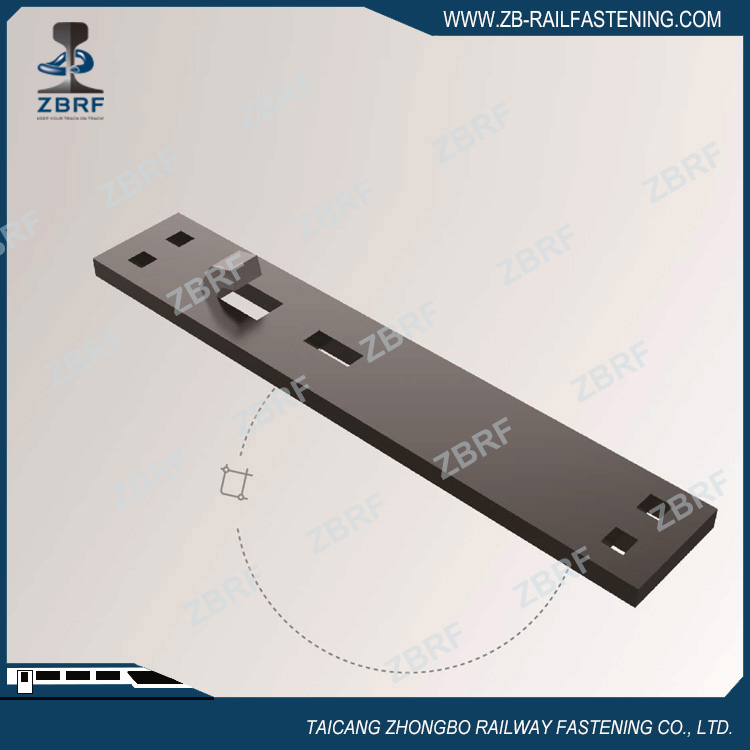
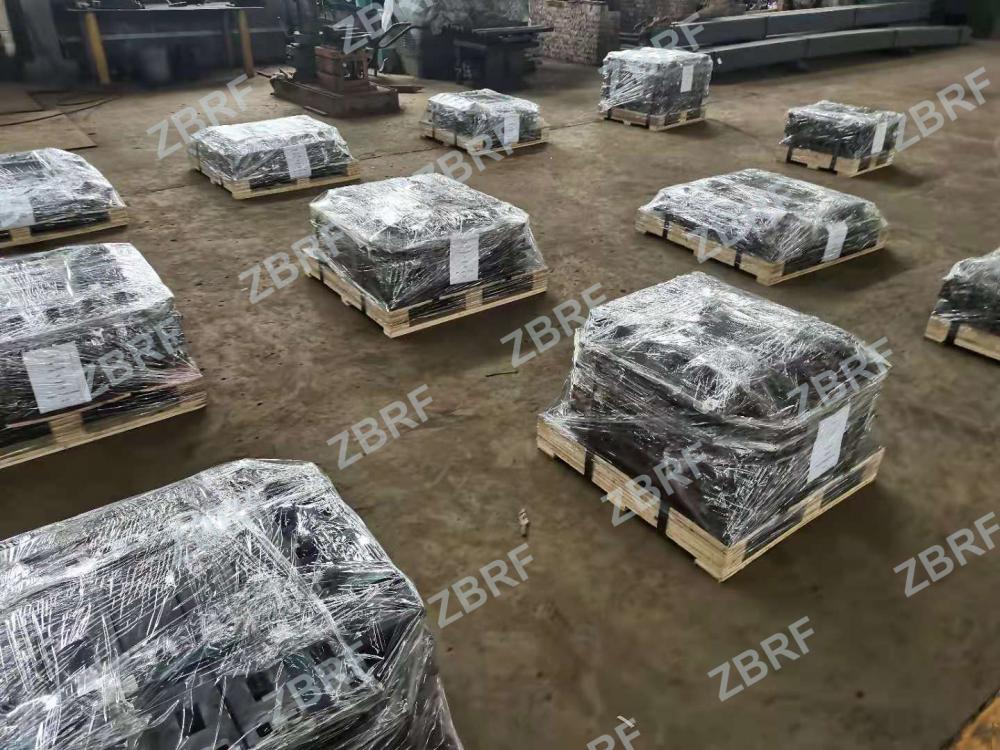
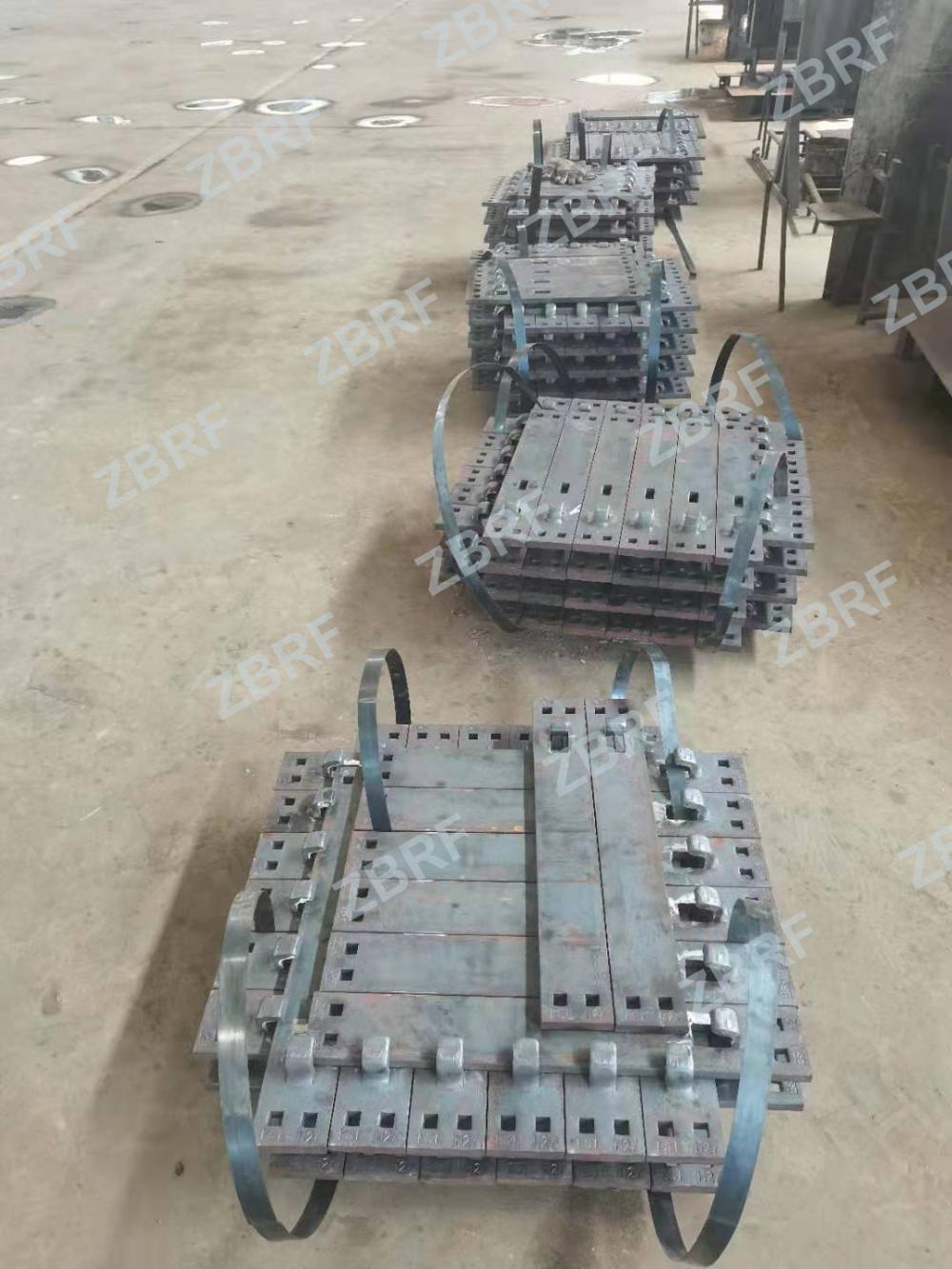
![3MQ(]D8D5D}7{]P4}A]7(NW 3MQ(]D8D5D}7{]P4}A]7(NW](http://i.bosscdn.com/product/8f/4b/2a/d62a9674f5046ccb421bee5e98.png)
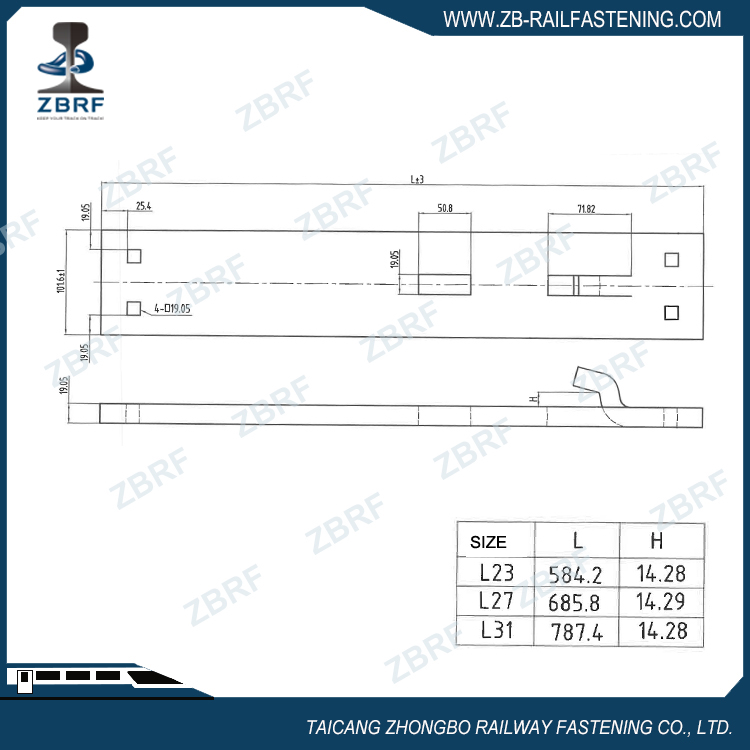
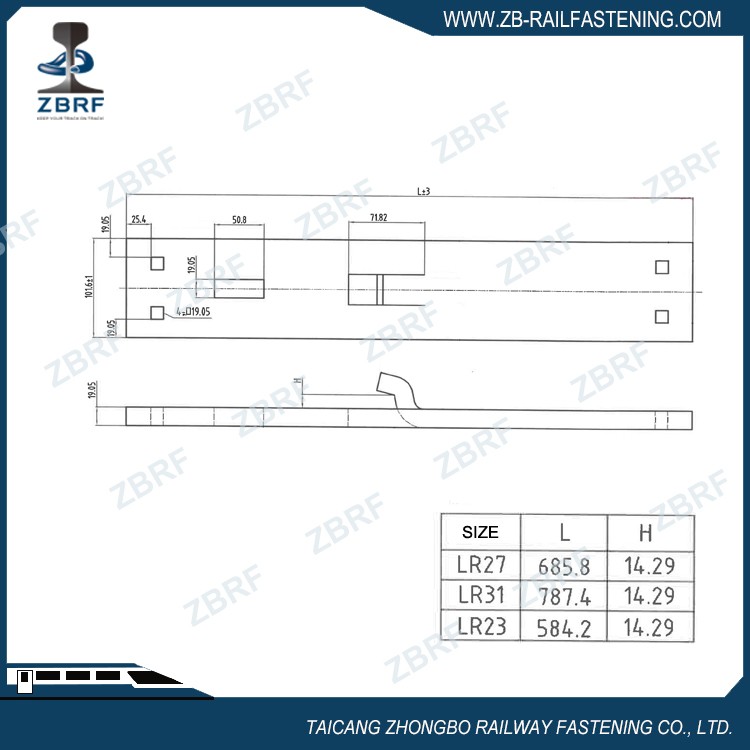
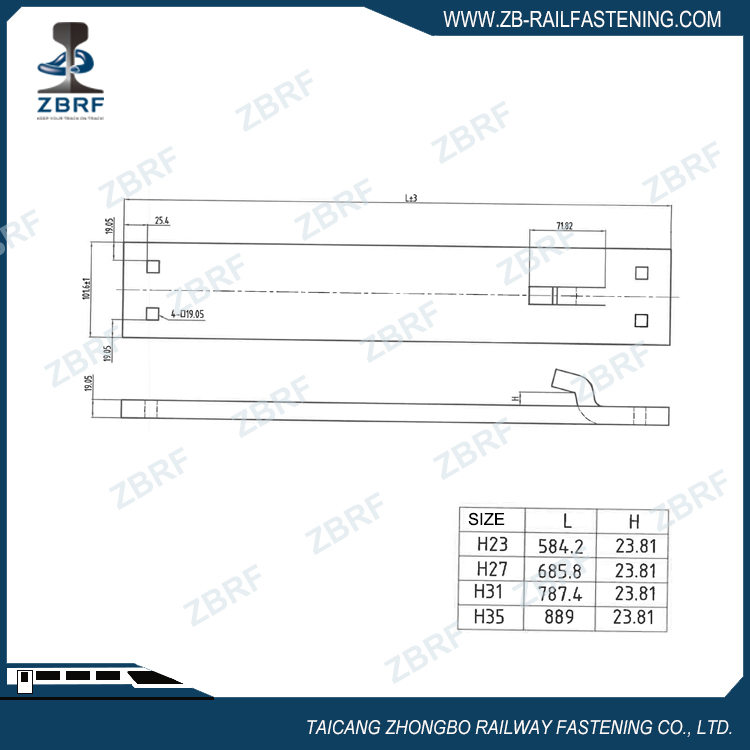

Hook Twin Tie Plate,Twin Tie Plates,Hook Plates,Http For Guard Rail
TAICANG ZHONGBO RAILWAY FASTENING CO., LTD. , https://www.railfastener.com